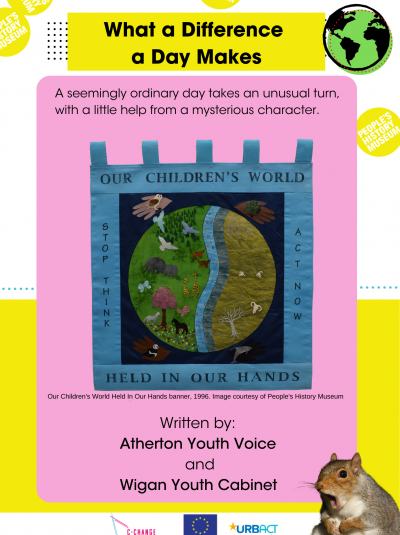Discover the power of storytelling in addressing climate grief and create a multi-ended story where the reader chooses the destiny of the planet.
Suitable for ages 7+
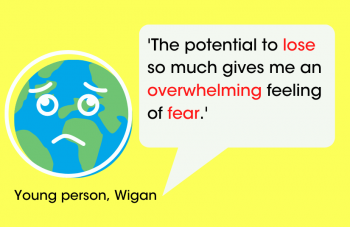
You are not alone. There is even a term to describe it: climate grief.
Never ignore these feelings, they won’t go away on their own.
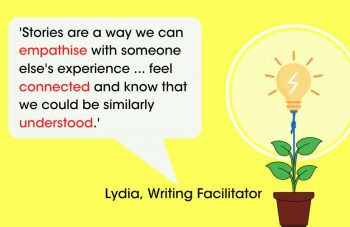
Storytelling is a powerful tool to help us communicate with other people. It can bring facts and ideas to life, and challenge existing beliefs.
Writing can encourage us to talk about difficult emotions and make big problems feel more manageable.
A multi-ended story allows the reader to make choices which result in different endings. In terms of climate change, this helps us to see how our actions can impact the planet.

This guide will help you to write your story in four simple steps.
Step by step guide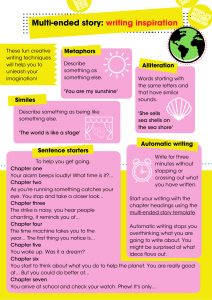
A selection of fun writing activities to help you unleash your imagination.
Writing inspirationWhat can you see? This banner made in 1996 shows two versions of the world, on the left hand side biodiversity is thriving, and on the right hand side it is dying.
(Biodiversity: a term for all living things and their habitats.)
What do you think the message is? ‘Our Children’s World Held In Our Hands’ tells us it is in our power to save the planet if we make changes now.
What choices do we make that would see the world ending up like either side of image on the banner? For example we could use a reusable water bottle or one made of single use plastic.
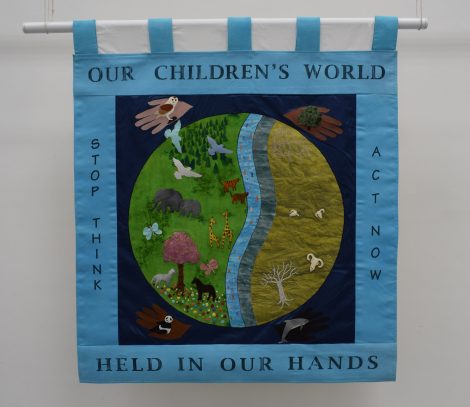
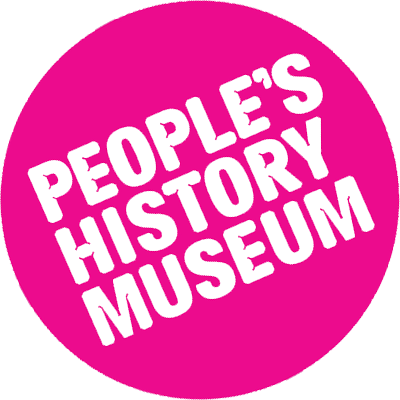
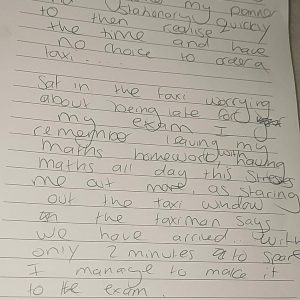 A seemingly ordinary day takes an unusual turn, with a little help from a mysterious character!
A seemingly ordinary day takes an unusual turn, with a little help from a mysterious character!
This multi-ended story was inspired by the Which Tomorrow? banner in the museum's collection, pictured above.
Part of the Think Globally, Act Locally project, 2021.
